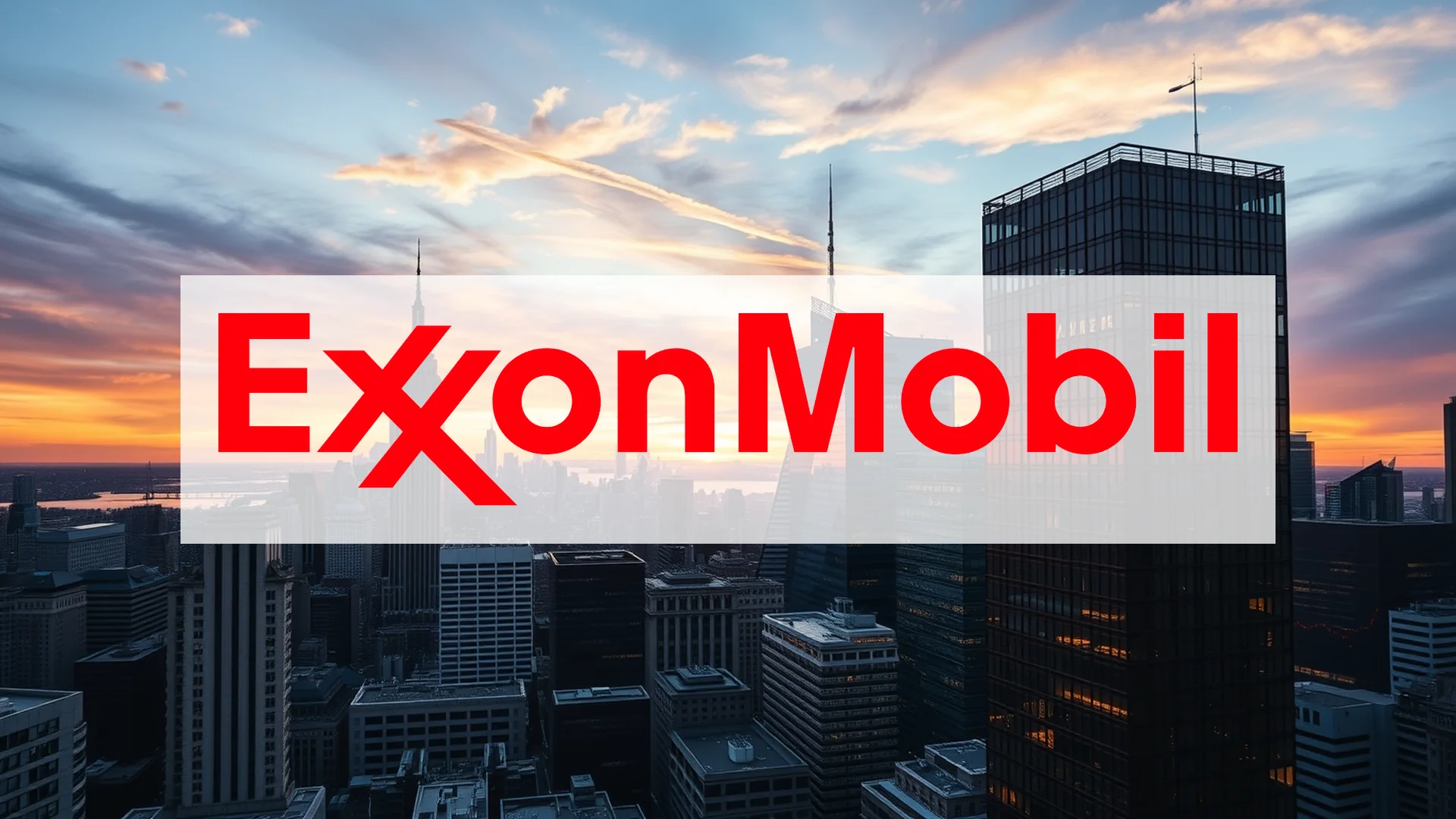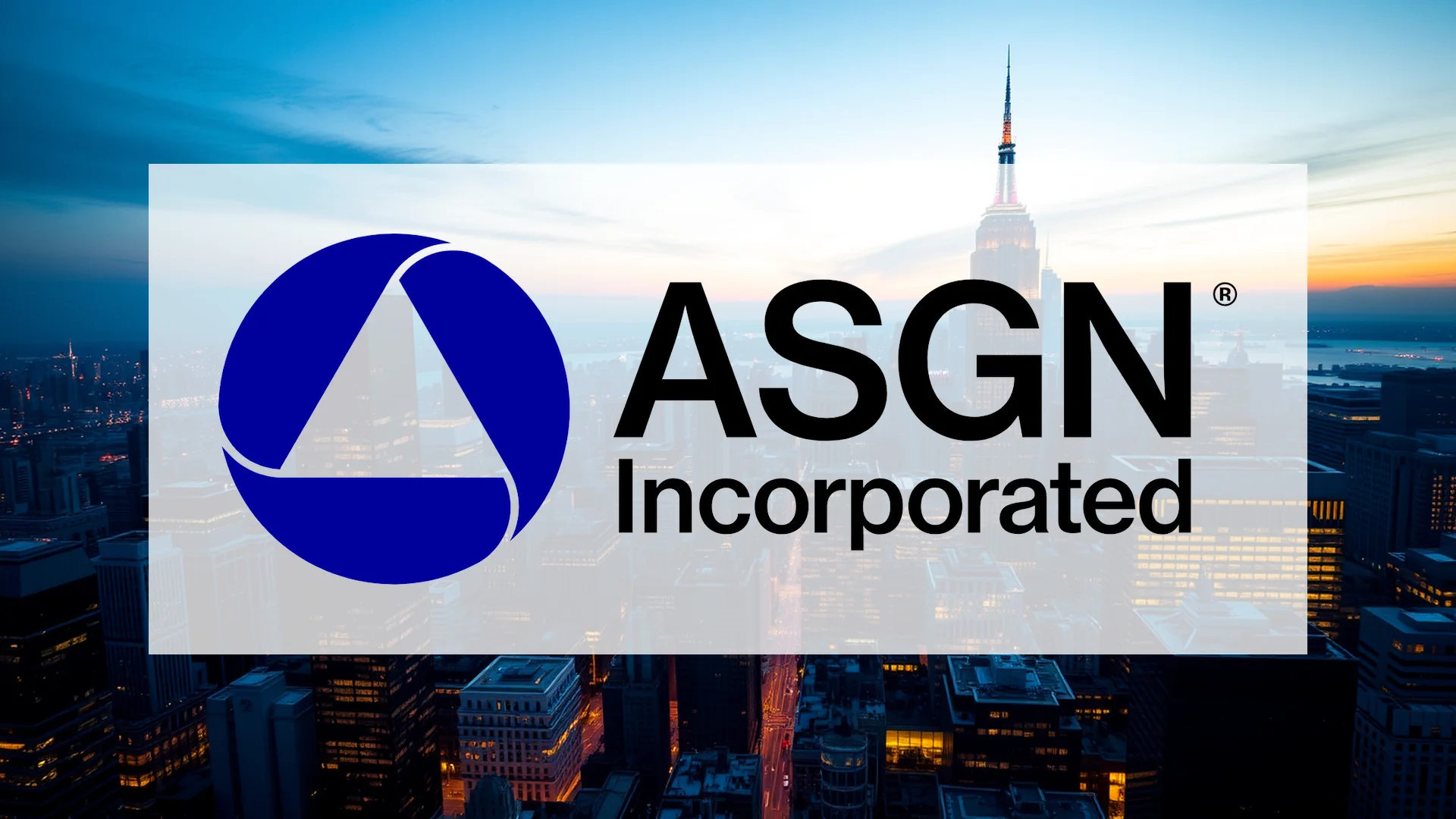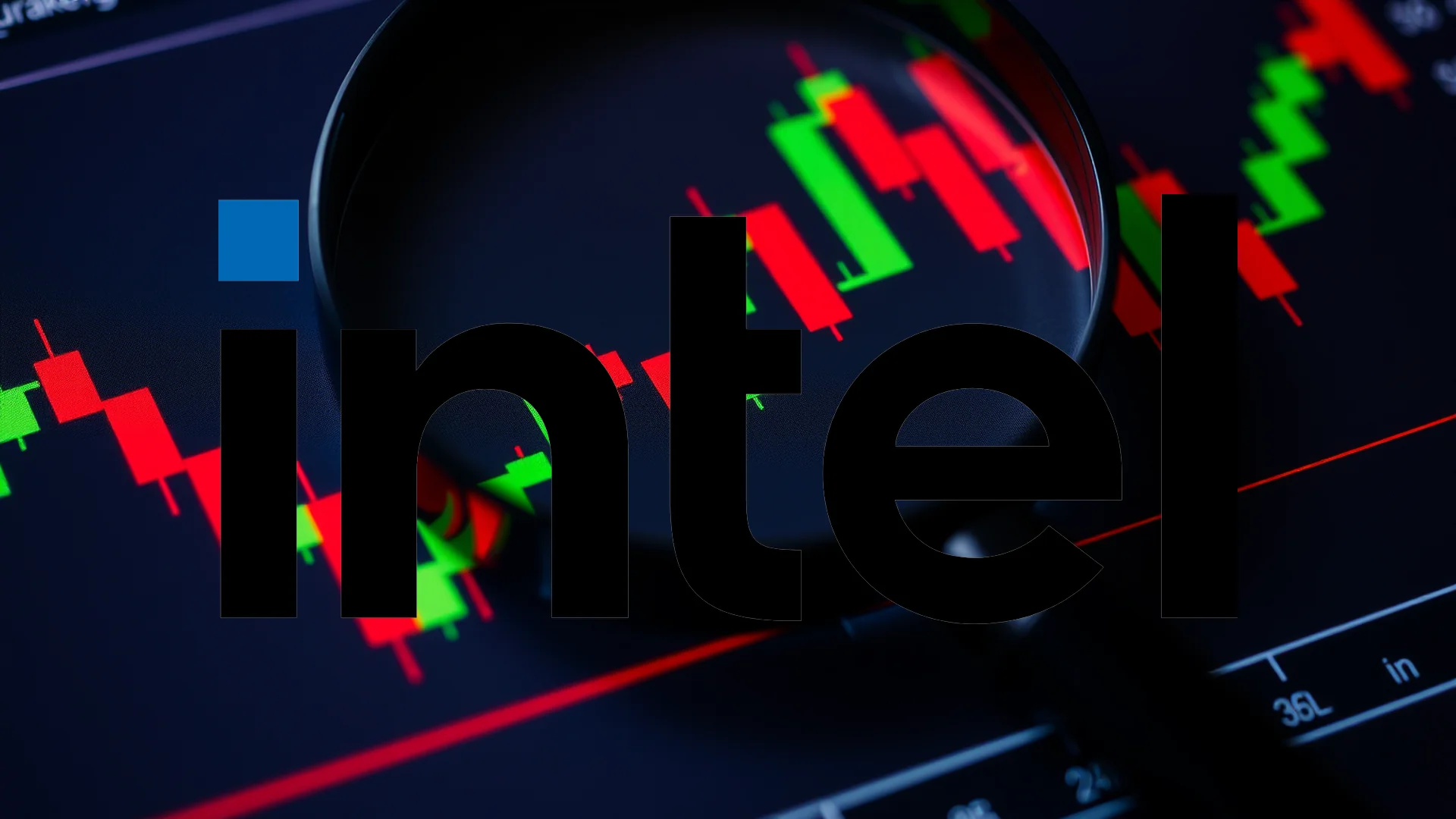As the global energy transition accelerates, Exxon Mobil continues to place massive bets on oil, a strategy that positions the company at a critical juncture. The oil giant contends not only with its reputation as a holdout from the fossil fuel era but also with complex geopolitical legacies. The central question for investors is whether the company’s dual focus on billion-dollar projects and generous shareholder returns can secure its future.
Analyst Outlook and Shareholder Rewards
The investment community presents a divided front on Exxon Mobil’s prospects. UBS maintains a ‘Buy’ rating with a price target of $143, underscoring expectations for long-term oil demand extending to 2050. In contrast, Melius Research initiated coverage with a more cautious ‘Hold’ and a target of just $111. Trading at a P/E ratio of 16.7, the company commands a significant premium over the industry average of 10.6, a valuation gap that leaves some analysts skeptical.
For shareholders, however, the story is more straightforwardly positive. The company reinforces its status as a ‘Dividend Aristocrat,’ having increased its payout for 42 consecutive years. The current dividend yield stands at 3.54%. This commitment is complemented by an aggressive share repurchase program, with $20 billion authorized for 2025 and 2026. In the second quarter of 2025 alone, $9.2 billion was returned to investors through buybacks.
Guyana’s Hammerhead: A Multi-Billion Dollar Bet
A cornerstone of Exxon’s growth strategy is its relentless expansion in Guyana. The recent final investment decision on the ‘Hammerhead’ project, requiring $6.8 billion, marks the seventh development in the Stabroek block. Scheduled to come online in 2029, it is projected to boost output by an additional 150,000 barrels per day. Cumulative investment in the region now surpasses $60 billion.
Should investors sell immediately? Or is it worth buying Exxon Mobil?
This push is central to securing the company’s future production base. The Stabroek block is already a significant producer, with current output around 650,000 barrels per day. Exxon anticipates this figure will climb to over 900,000 barrels by the end of 2025, a substantial volume at a time when many peers are scaling back fossil fuel investments.
Navigating Geopolitical and Regional Challenges
Exxon Mobil is simultaneously managing legacy issues across different theaters. The company is engaged in preliminary discussions with Russia’s Rosneft to address losses totaling $4.6 billion stemming from its 2022 exit. The prospects for a resolution remain highly uncertain, contingent on the volatile political landscape surrounding Ukraine and potential shifts in sanctions policy.
In Europe, the firm is seeking to divest its chemical assets in the United Kingdom and Belgium, a move that could generate up to $1 billion. The decision is driven by challenging market conditions, including US tariffs and intense competition from Chinese producers. Concurrently, Exxon is pursuing long-term contracts with the European Union for supplying US liquefied natural gas (LNG), which would provide a more stable revenue stream.
The company’s path forward hinges on its continued reliance on large-scale fossil fuel projects coupled with substantial rewards for shareholders. Whether this approach is sustainable in an era defined by the shift to cleaner energy sources remains the pivotal uncertainty for the market.
Ad
Exxon Mobil Stock: Buy or Sell?! New Exxon Mobil Analysis from December 25 delivers the answer:
The latest Exxon Mobil figures speak for themselves: Urgent action needed for Exxon Mobil investors. Is it worth buying or should you sell? Find out what to do now in the current free analysis from December 25.
Exxon Mobil: Buy or sell? Read more here...









